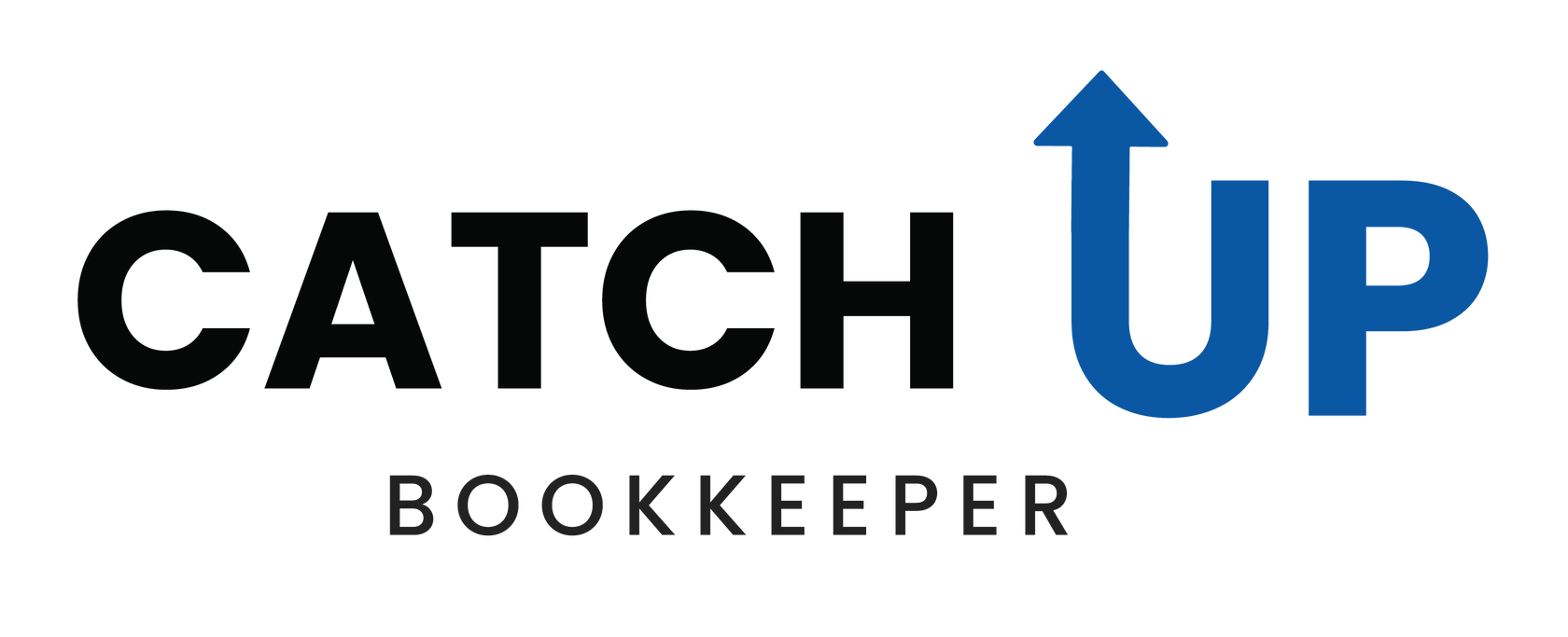For Canadian Small Business Only
How to Amend Your Tax Return After Filing
If you’ve made an error on your tax return, don’t worry! Mistakes happen, and the good news is that correcting them after filing is a straightforward process. Here's how to fix your tax return and what you need to do to refile your taxes.
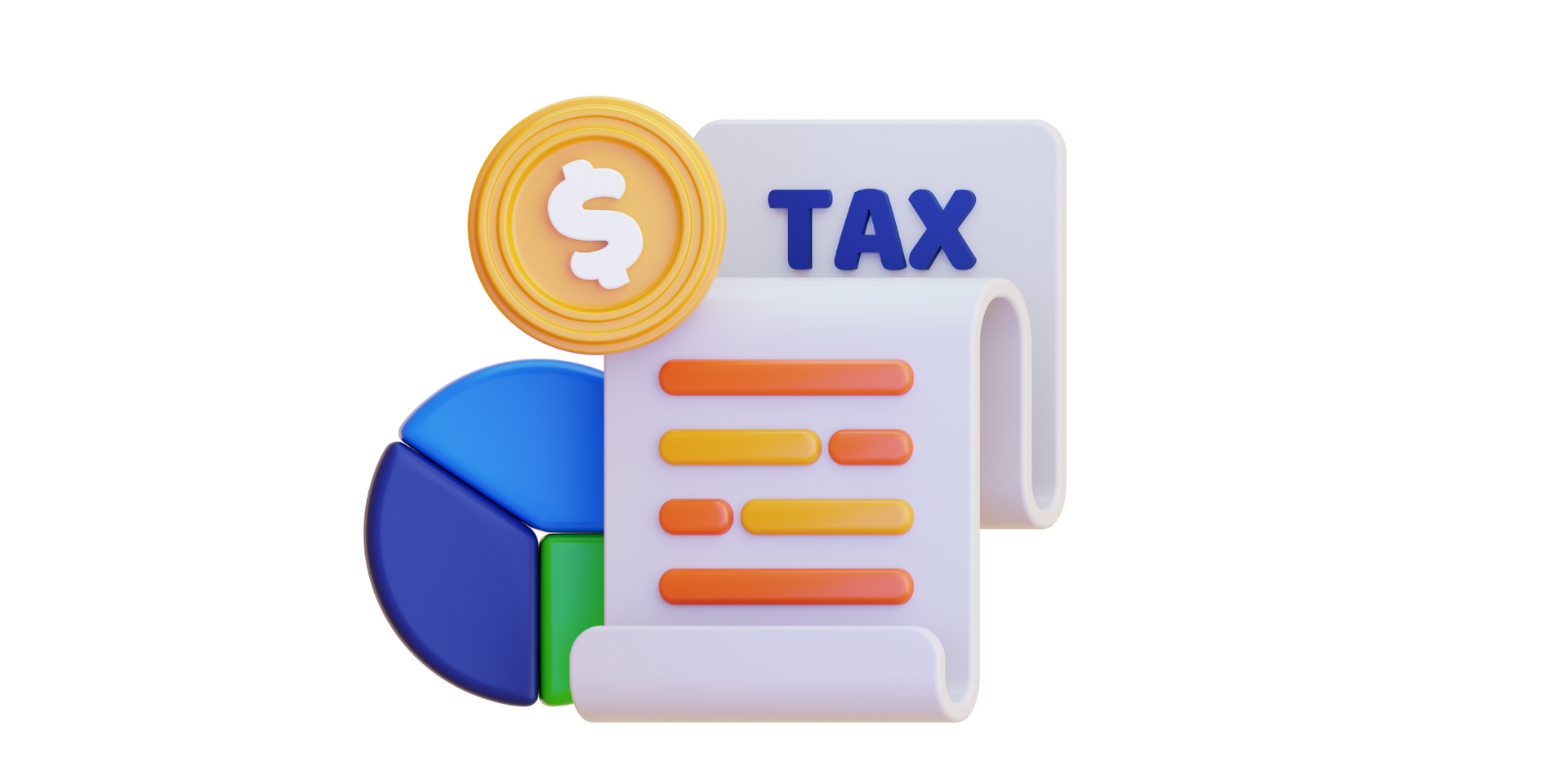
How Do I Amend My Tax Return with the CRA?
You can adjust your tax return through a few convenient methods. You can refile using the same tax software you originally used or complete form T1-ADJ (T1 Adjustment Request) either online via CRA My Account or by mailing a paper copy.
To fill out the T1-ADJ, you'll need your social insurance number, the tax year you're adjusting, and your name and address. You'll also list the line numbers from your original return where the adjustments need to be made.
For example:
- Line 10100: Employment income, previous amount $28,600, add $200, new amount $28,800
- Line 21200: Union dues, previous amount $500, add $20, new amount $520
How Do I Refile My Taxes in Canada?
Before refiling, wait to receive your NOA from the CRA. You can make adjustments up to 10 years after the tax year in question. There are three primary ways to refile your taxes:
ReFILE through TurboTax
- If you used TurboTax to file, you can use the ReFILE feature to make changes. Simply log in, navigate to your return manager, and select “ReFile.” If you used TurboTax Full Service, you can schedule a call with an expert to help you amend your return. ReFILE is not currently available for Quebec residents.
CRA My Account
- Sign in to CRA My Account and select “Change my return.” Choose the tax year and the specific line you need to adjust, input the corrected information, and submit. You can only submit one request at a time, but you can make multiple changes in a single request.
- Complete a paper T1 Adjustment Request form and mail it to your local tax centre along with supporting documents.
What Happens After I Submit Changes?
Once your amendment is processed, the CRA will send one of the following:
- A Notice of Reassessment, which shows the updated information.
- A letter explaining why the requested changes were not applied.
Processing times vary:
- Online: About 2 weeks.
- Mail: About 8 weeks.
By checking your CRA My Account, you can track the status of your adjustment request.
Final Thoughts
Mistakes on your tax return can be fixed easily and quickly. The CRA prioritizes resolving these issues and works to help you make necessary adjustments without added stress. So, if you realize you’ve made an error, take action and get your taxes back on track.
Key Takeaways
- You can amend your tax return even after filing.
- Wait for your Notice of Assessment (NOA) before making changes.
- You can adjust returns dating back up to 10 years.
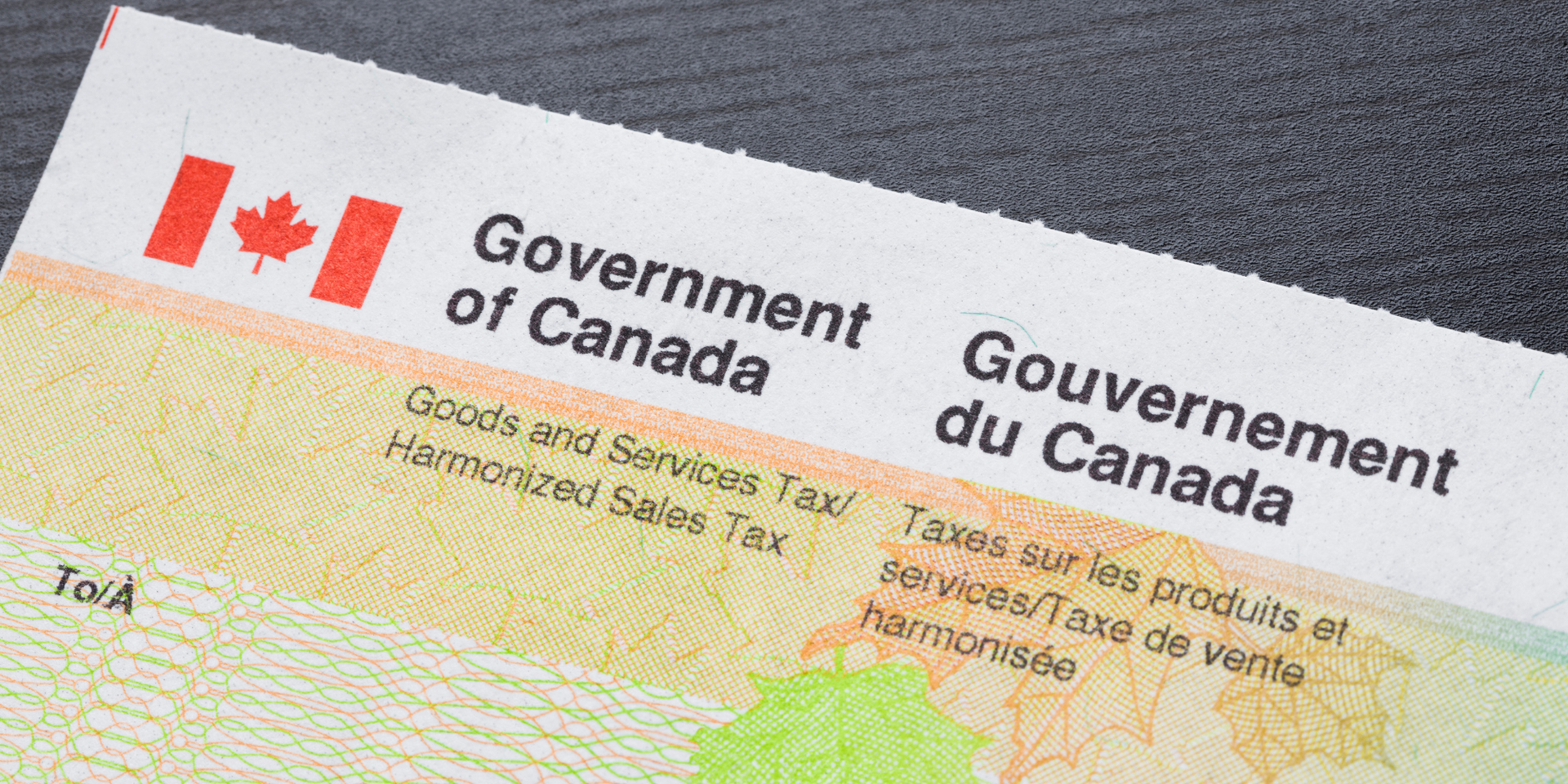



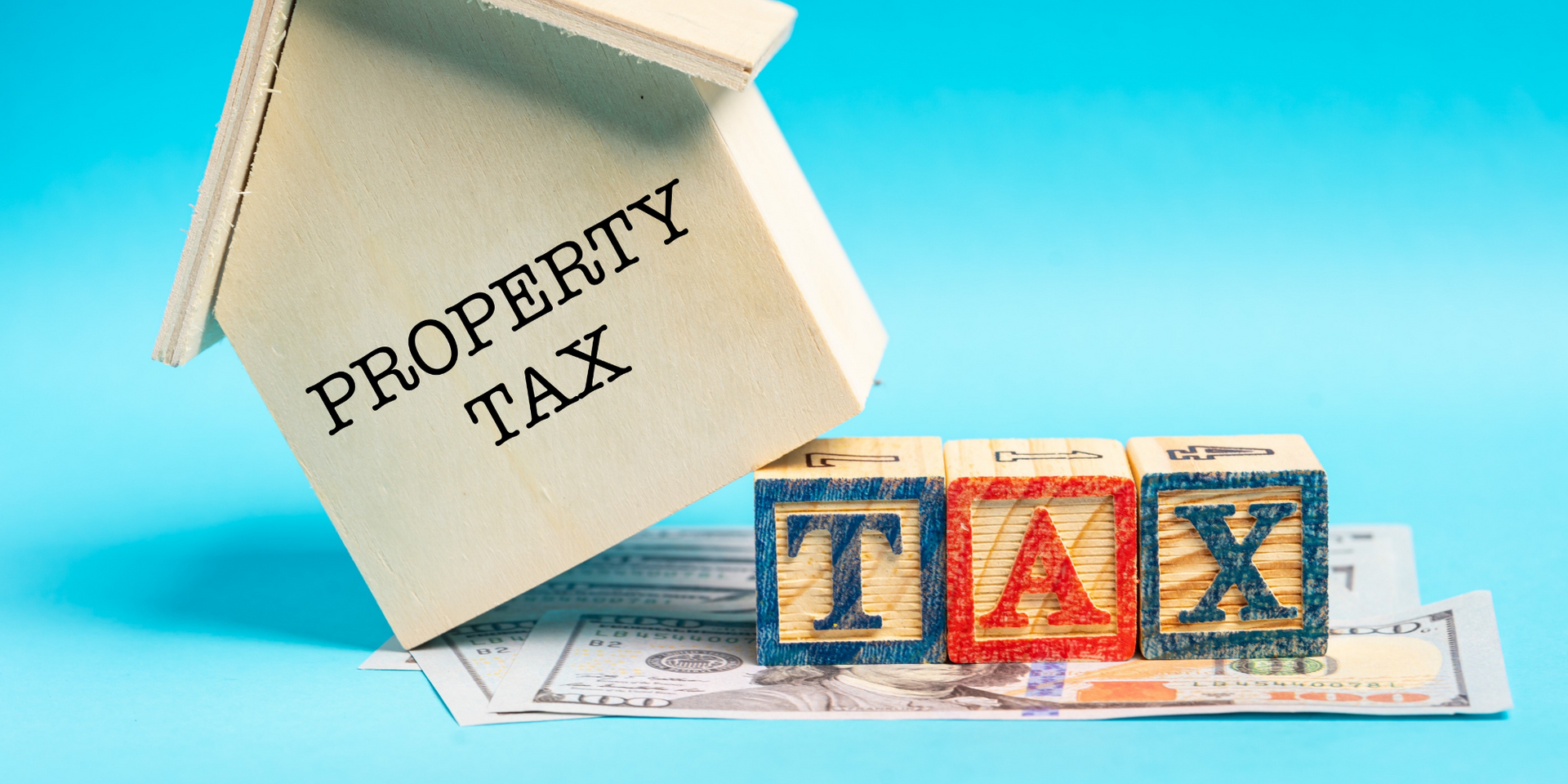


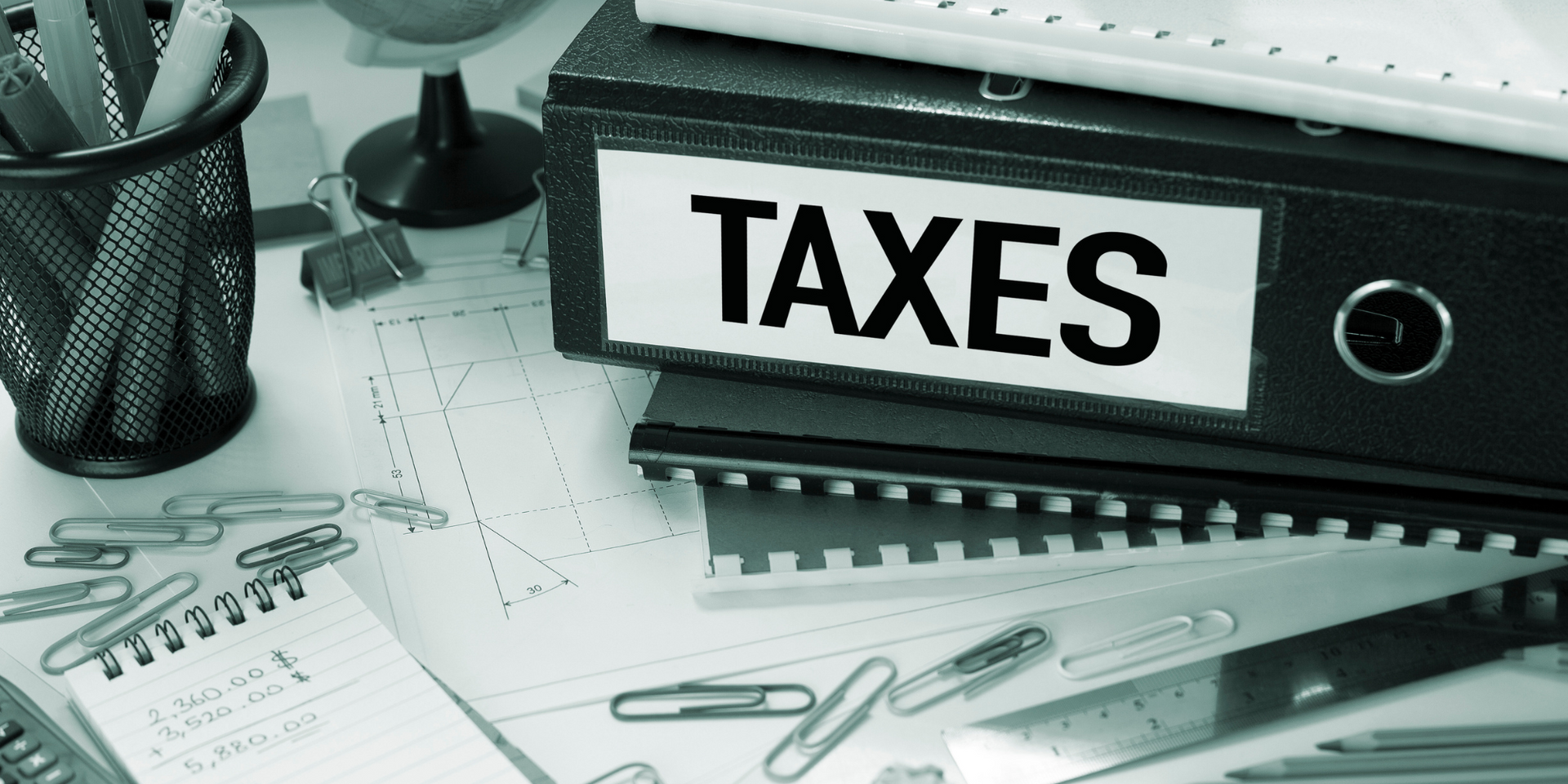


Bring your books up to date
CONTACT US TODAY
Contact Number
